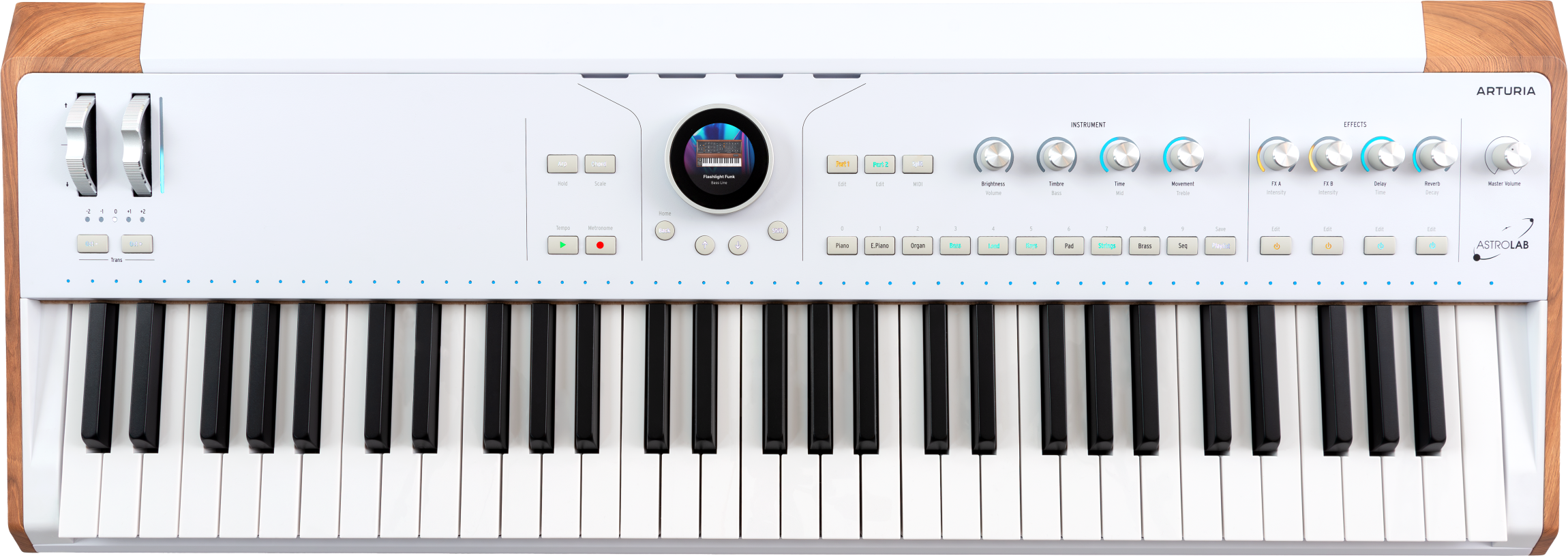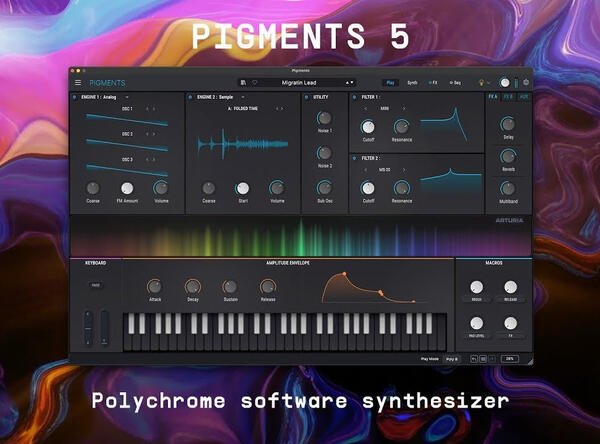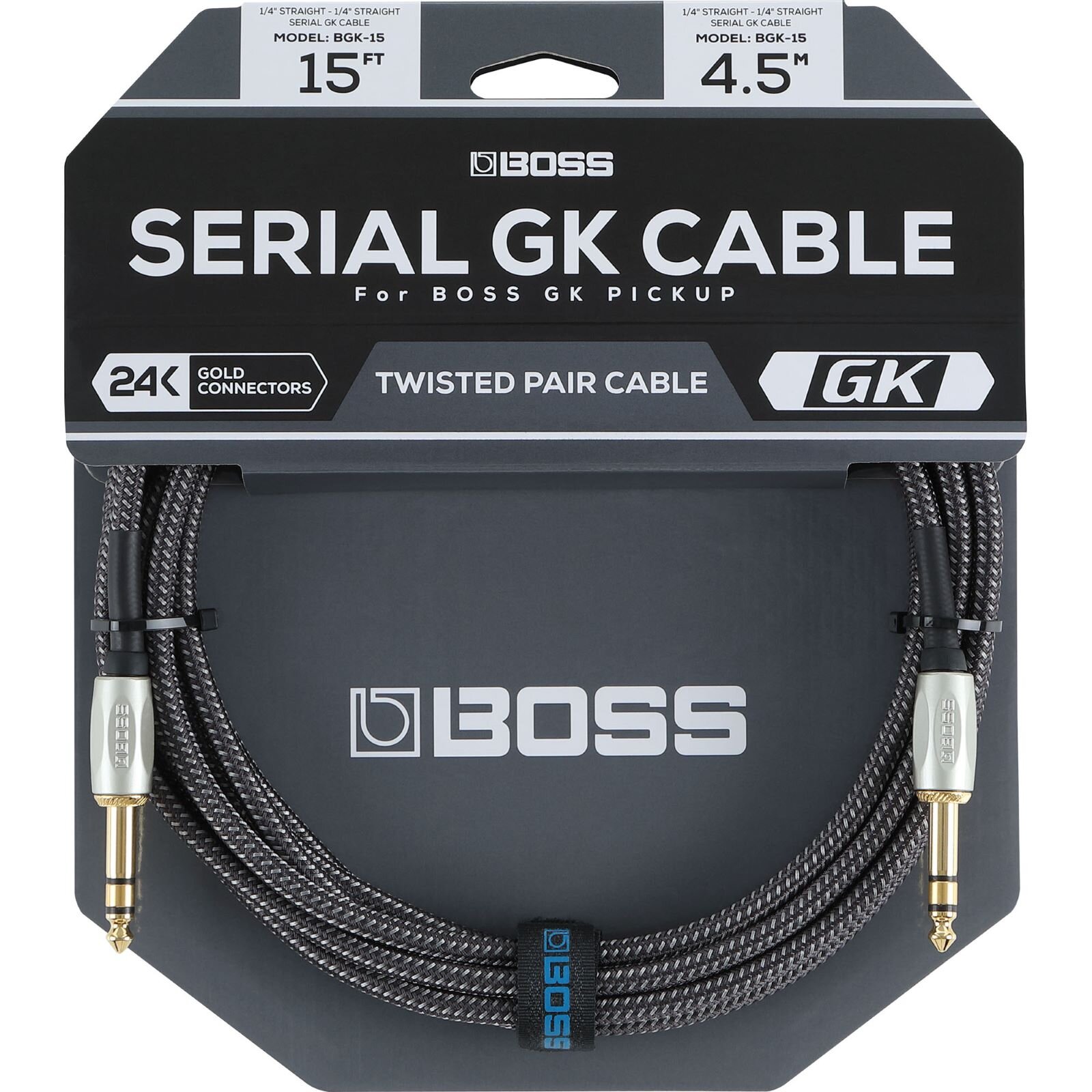Table of contents :
Aah bass… an underrated instrument. She is everywhere and plays a major role in any band or ensemble. It is essential! And in addition, we still have a certain class when we know how to play the bass. But before being classy, with a group, alone or on stage, you will have to choose a bass. And there … first big question that we will deal with in this article: active or passive bass?
To put it simply, the big difference between an active bass and a passive bass is the electronics so the microphones that make up the instrument.
The active bass, unlike the passive bass, has a preamp that is battery powered. This feature allows easier control of the sound as well as the equalizer (or EQ).
Thus the passive bass, which has no pre-amplification, allows very few settings directly on the instrument. However, it has a much more natural and authentic sound than that of the active bass.
Let’s go into more detail now that we understand the main element that plays a role in differentiating an active bass from a passive bass.
Active bass
This bass therefore generally has active type microphones and the internal preamplifier must be battery powered and properly matched to the bass for an optimal output level. And an equalizer, at least, is included with these more settings, this type of bass will have a wider sound range, as well as a sound quality with more punch! An excellent model would be the Ibanez ATK 1200 Prestige , which is crafted from carefully chosen woods and has powerful and precise pickups.
Thanks to their low impedance, we appreciate these basses for the almost non-existent loss of treble regardless of the length of the cable as well as a lower risk of signal degradation or other interference. However, if the high frequencies are amplified too much, it is possible to hear an unpleasant hissing sound that can be easily suppressed.
We also like them for their ability to adapt to any kind of music since we can sculpt their sound much more easily, although it is, of course, clearer and more catchy than the sound of a passive bass. This last point is both an advantage and a disadvantage because there are bassists who prefer not to have this slightly compressed sound. The StingRay bass from Music Man is excellent, being an almost legendary bass with lighter mechanics, and more refinements for remarkable playability!
One downside to note is the fact that there can be some distortion issues with some effects pedals. But you will easily notice this if you test your bass well with the effects pedal you want to acquire. And of course, you will have to pay attention to the battery of your bass because if it dies, the sound will die with it. So, if you play on stage, be sure to take spare batteries or change them with your concert! Or, you can also opt for a bass with an active / passive switch to switch from one to the other like the Yamaha TRBX604FM does .
Passive bass
The passive bass is the most common! When we hesitate between active or passive bass, we tend to move towards a passive one. The models from Fender, such as the Player Precision Bass or the Player Jazz are perfect for beginners. Or the new American Pro II range which offers an incomparable feel as well as new microphones. There is of course also the Rickenbacker brand which is a reference in the rock world, in particular with the exceptional Bass 4003 with its inimitable and versatile sound.
The passive bass has an authentic, warm and dynamic sound. With its passive pickups, this bass is not amplified and the tone control you will have, a low pass filter, will only allow you to gently lower the high frequencies. But you keep the original tone much appreciated by purists.
Between the active or passive bass, the passive bass is simple, of course, but reliable because you will not have to worry about dead batteries or problems of authenticity of sound. This very beautiful sound a little fat and punchy that we often hear in rock or jazz.
Another advantage is that the passive bass will be designed with fewer components and circuits, so you will generally have fewer technical problems.
The downside is that the passive bass signal will be weaker than that of an active bass. But with the right amp and especially the right length of cable, you can achieve a volume that will compete perfectly with an active bass. Remember that the longer your cable, the more treble you will lose, due to the relatively high impedance. However, this can be remedied with an external preamplifier with a buffer and our in-store specialists will be happy to help you find the appropriate tools.
Active or passive bass, now you know the difference and you will no longer have to worry about choosing your instrument. And to test your future active or passive bass and have personalized advice, our specialists in Boullard Musique will help you acquire the bass of your dreams. The one that will correspond to your budget and your expectations but above all to your needs!


















